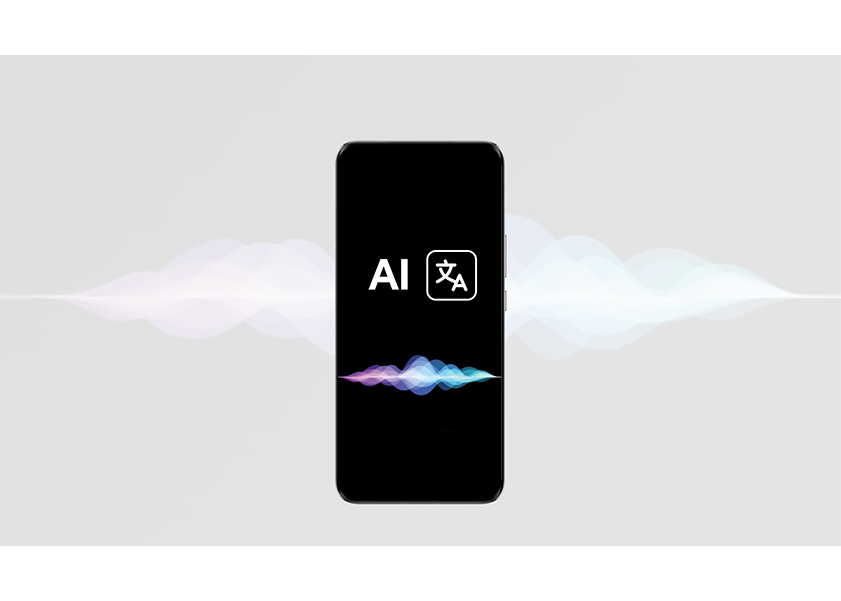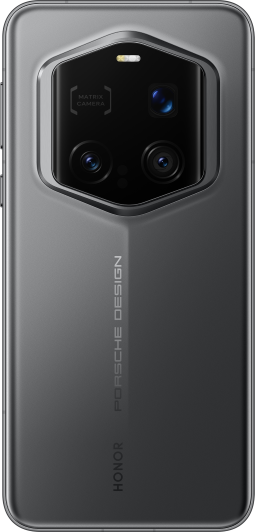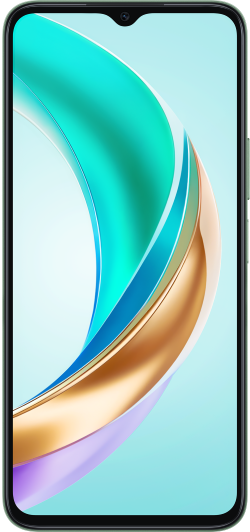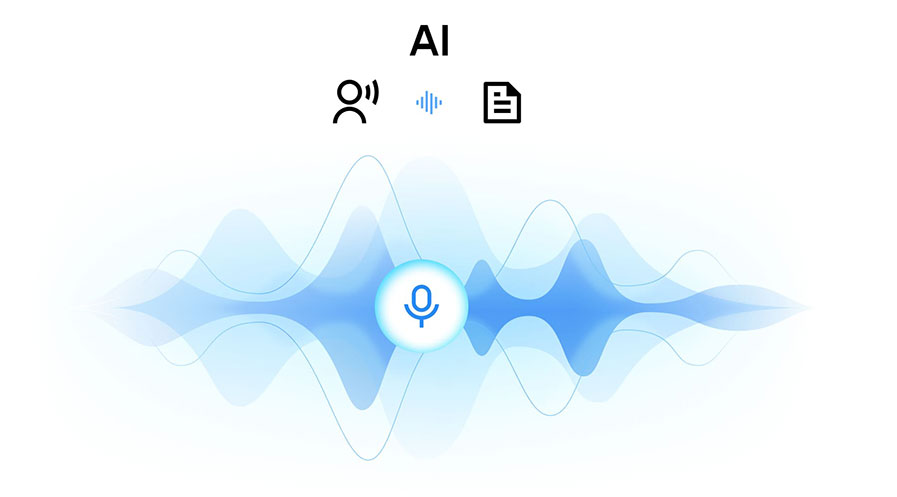TOP

我的荣耀 开启荣耀之旅
To log in to your account, you must first agree to the HONOR PLATFORM TERMS OF USE. If you do not agree, you may only browse the site as a guest.

Artificial Intelligence Translation: The Future of Smartphone Translation
The ability to communicate across languages is more critical than ever in an increasingly globalised world. Artificial intelligence translation (AI Translation) is at the forefront of breaking down these linguistic barriers. By leveraging advanced machine learning models and neural networks, AI translation transforms how we understand and interact with different languages on our smartphones. This guide explores what AI translation is, how it enhances language translation on smartphones, its real-world applications, and what the future holds for this innovative technology. Read on to learn all about this exciting field.
What Is AI Translation?
Artificial intelligence (AI) translation refers to the use of machine learning algorithms and neural networks to translate text or spoken words from one language to another automatically. Unlike traditional translation methods that rely heavily on human translators to interpret and convert every phrase, AI language translation utilises sophisticated algorithms that learn from vast amounts of data. These systems are capable of understanding context, grammar, and even cultural nuances over time, improving their accuracy with each translation and feedback.
The core of AI powered translation is neural machine translation (NMT), a technique that employs deep learning models to generate more fluid and natural translations. NMT systems are designed to understand entire sentences or paragraphs instead of translating piece by piece, which allows them to maintain the semantic integrity of the original language. This is particularly beneficial in complex translation tasks where idioms, expressions, and specific linguistic structures play a significant role.
How Does AI Improve Language Translation on Smartphones?
AI translation apps leverage state-of-the-art machine learning models to provide accurate and contextually relevant translations in real-time, directly on your smartphones. Here are several ways in which AI improves language translation on smartphones like the HONOR Magic6 Pro:
• Real-time Translation: AI enables almost instantaneous translation, allowing you to receive text or speech translations in real-time. This is especially useful in live conversations, where understanding and response time are crucial. Smartphone AI translation tools can listen to spoken language, process it quickly, and deliver translations on the spot, breaking down language barriers in everyday interactions.
• Contextual Accuracy: Traditional translation tools often struggled with context and idiomatic expressions, resulting in literal but incorrect translations. AI for translation systems, however, are trained on vast datasets that include varied linguistic styles and contexts. This training enables them to understand and apply contextual nuances, thereby producing more accurate and contextually appropriate translations.
• Offline Capabilities: With advancements in AI, many smartphone translation apps now offer robust offline features, allowing you to download language packs that enable high-quality AI live translations without the need for an internet connection. This is particularly useful for travellers or individuals in areas with poor connectivity.
• Integration with Other Apps: AI translation is not limited to standalone apps; it's increasingly integrated into other smartphone applications such as messaging apps, social media platforms, and productivity tools. This seamless integration, like AI document translation in your PDF reader, ensures you can access translation functionalities without switching between apps, enhancing usability and efficiency.
• Multimedia Translation: AI translation has extended its capabilities to multimedia content, including images and videos. AI image translators allow you to simply point your phone camera at signs or menus in foreign languages, and the app provides an instant translation on the screen. Similarly, AI video translation tools can provide real-time subtitles for videos, translating spoken language in the audio into your preferred language.
Real-World Applications of AI in Language Translation
The ability to translate via AI swiftly and accurately has opened up numerous opportunities for individuals and businesses alike. Here's a deeper look at how AI translation is making a real impact in our everyday life and across various industries:
Travel and Tourism
AI-powered translation apps are indispensable tools for travellers, enabling them to navigate foreign environments with ease. Imagine landing in Tokyo with little knowledge of Japanese. With AI translation apps on your phone like the HONOR Magic V2, you can instantly translate signs at the airport, decipher menu items at a local sushi bar, or ask for directions easily through an AI voice translator.
E-Commerce
AI translation plays a pivotal role in e-commerce by enabling businesses to reach a global audience. Websites like Amazon and eBay use AI to translate product descriptions, reviews, and customer queries in real-time. This not only expands the market reach for businesses but also enriches the shopping experience for consumers by allowing them to shop globally without language constraints.
Education
AI translation is transforming education by providing multilingual learning resources. Educational platforms use AI to translate courses, lectures, and textbooks, making education accessible to a diverse audience. Additionally, AI can provide real-time subtitles for live classes, making learning more inclusive for non-native speakers and fostering a more supportive educational environment.
Entertainment
In the entertainment industry, AI translation is used for subtitles, dubbing, and content localisation. Streaming services like Netflix and YouTube rely on AI to translate and localise their content for global audiences. Fans around the world can enjoy their favourite shows subtitled or dubbed in their language almost immediately after the original release. This not only democratises access to entertainment but also allows content creators to tap into international markets, significantly increasing their audience and impact.
Business Communication
AI translation enhances business communication by facilitating multilingual meetings and document translations. Companies use AI tools to translate emails, reports, contracts, and live meetings in real-time, saving time and resources on manual translations. This capability is vital for multinational companies that need to maintain coherence across diverse linguistic landscapes, helping to streamline operations and enhance collaboration.
The Future of AI in Overcoming Language Barriers
The future of AI in overcoming language barriers is bright, with advancements in machine learning and natural language processing making translation tools more accurate and context-aware.
Real-time translation will enhance live conversations, video calls, and augmented reality. Industry-specific solutions will emerge for healthcare and legal fields. Personalized translation experiences will adapt to individual preferences, improving accuracy and relevance.
As AI technology becomes more affordable, it will be accessible to a broader audience, fostering global communication and collaboration. This increased accessibility will break down language barriers, enabling smoother cross-cultural interactions, with the AI translation market expected to grow significantly as more industries adopt these technologies.
Conclusion
As we've seen, artificial intelligence translation is revolutionizing communication by providing more accurate and context-aware translations. With advancements in machine learning, AI translation tools not only improve the efficiency and accuracy of language translation on smartphones but also have extensive real-world applications that span various sectors. Looking ahead, the potential for AI translation to foster global understanding and connectivity is limitless, ensuring that no language is left behind in our digital age.
FAQs
What makes AI translation different from traditional machine translation?
AI translation uses advanced neural networks to understand and translate whole sentences and paragraphs, capturing context and nuances better than traditional machine translation, which often relies on direct word-by-word, phrase-by-phrase translation. This results in more accurate and natural-sounding translations.
How accurate are the language translation features in AI phones?
The accuracy of language translation features in AI phones can vary significantly based on the technology and algorithms used. Generally, these features are quite adept at handling common phrases and straightforward sentences in widely spoken languages, achieving high levels of accuracy. However, they may struggle with idiomatic expressions, regional dialects, or less common languages.
Can AI phones support less commonly spoken languages?
Yes, AI phones can support less commonly spoken languages. As AI translation tools in smartphones evolve, they increasingly include a broader range of languages, ensuring better support and accuracy for less common languages.
Source: HONOR Club

Subscribe To Our Newsletter - Discover HONOR
Please accept HONOR Platform Privacy Statement.
By entering your WhatsApp number, you agree to receive commercial information on WhatsApp about HONOR products, events, promotions and services. For more details, please see our privacy policy.
Please accept HONOR Platform Privacy Statement.
I agree to receive the latest offers and information on HONOR products, events and services through third-party platforms (Facebook, Google). I may withdraw my consent at any time as indicated in the Privacy Statement.
Contact
Mon-Sat: 09:00 – 18:00. (Except on national holidays).
Third Floor, 136 George St., London, W1H 5LD, United Kingdom.
Copyright © HONOR 2017-2025. All rights reserved.
We use cookies and similar technologies to make our website work efficiently, as well as to analyze our website traffic and for advertising purposes.
By clicking on "Accept all cookies" you allow the storage of cookies on your device. For more information, take a look at our Cookie Policy.
Functional cookies are used to improve functionality and personalization, such as when playing videos or during live chats.
Analytical cookies provide information on how this site is used. This improves the user experience. The data collected is aggregated and made anonymous.
Advertising cookies provide information about user interactions with HONOR content. This helps us better understand the effectiveness of the content of our emails and our website.







































































